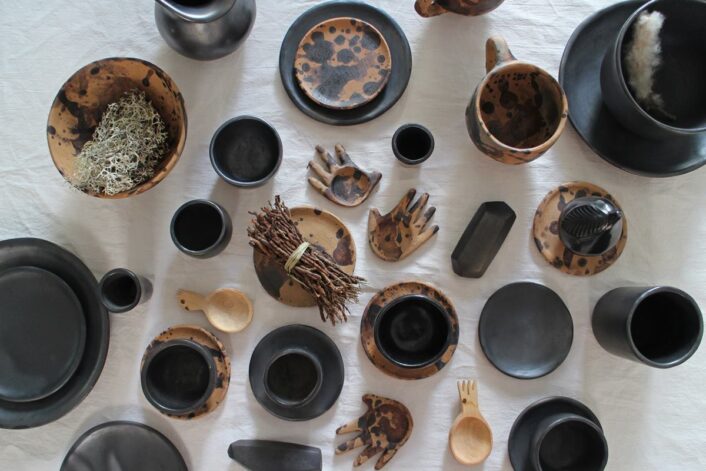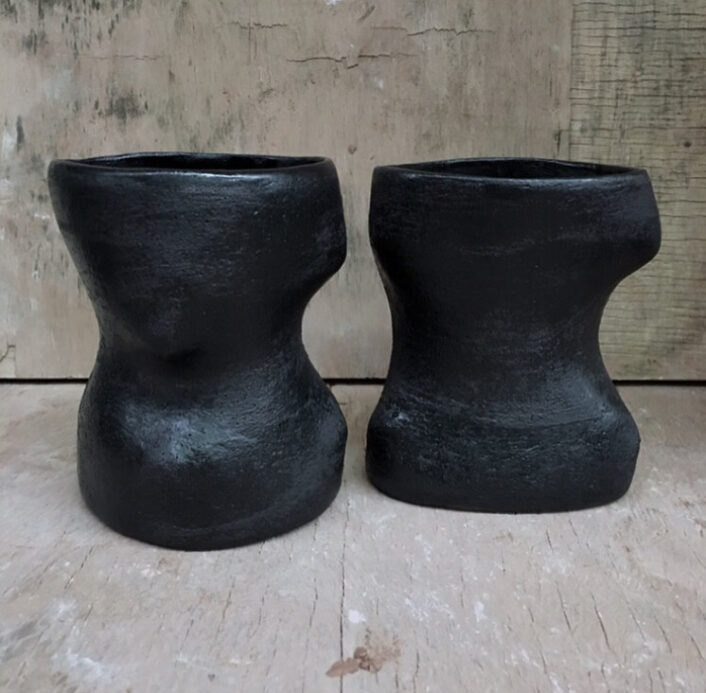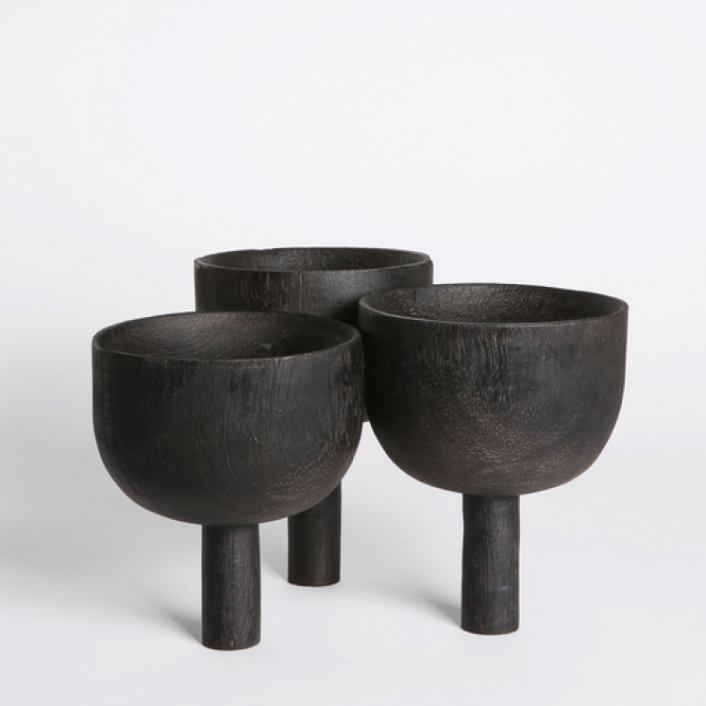Design
Liliana Ovalle’s Sinkhole collection
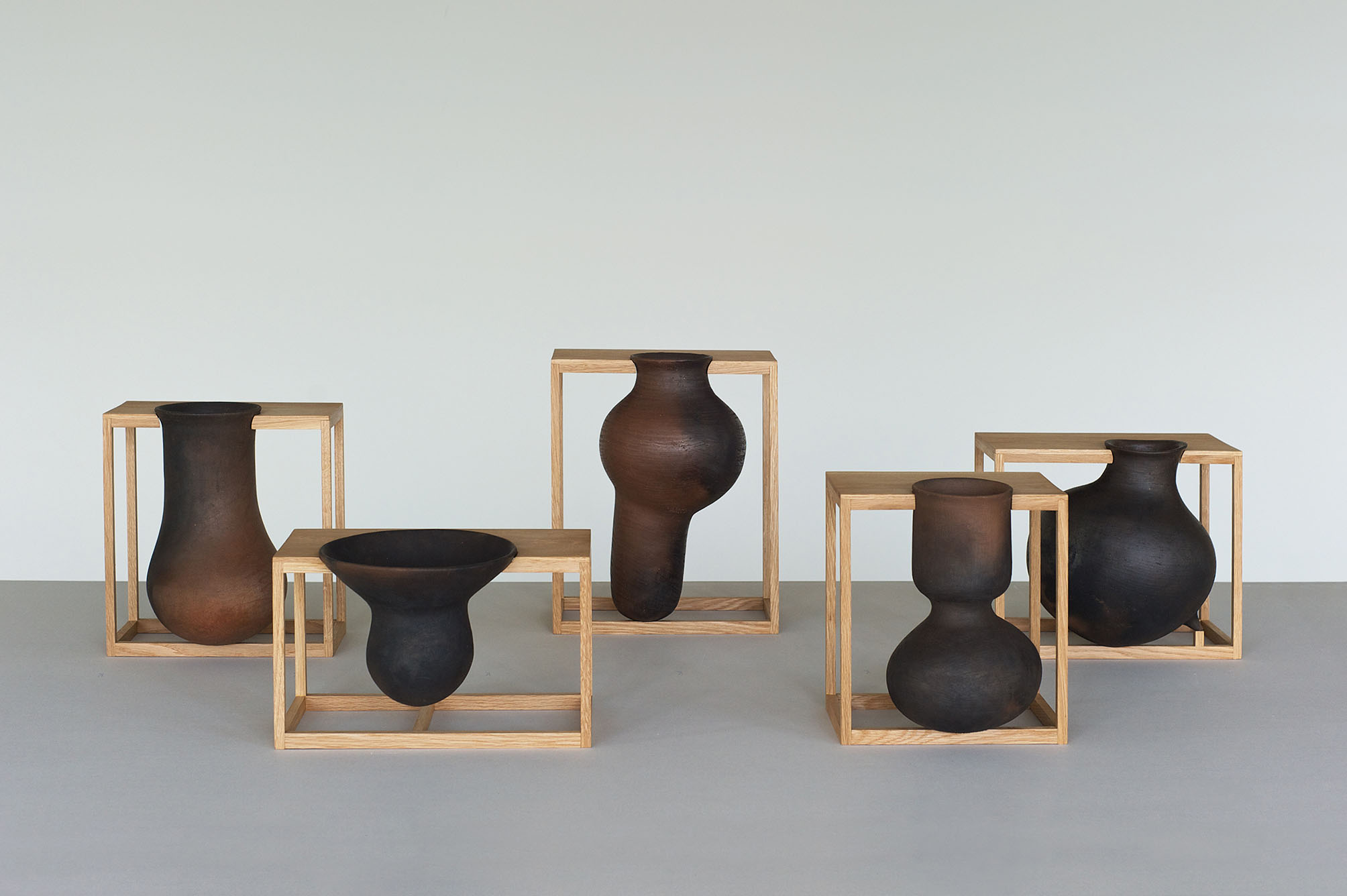
A sampling of vessels from the Sinkhole project, a collaboration with Collective 1050°.
Image courtesy of: Liliana Ovalle (as featured in Handvaerk)
Liliana Ovalle is a Mexican-born, London-based designer who creates unique clay vessels. She has often said that her upbringing has informed much of her work. Ovalle says that her familiar point of reference helps her to understand her surroundings.
Specifically, Ovalle is (courtesy of an interview for Handvarek) “particularly interested in the makeshift and informal making culture that is so prevalent in Mexico. People take it into their own hands to create and intervene with objects – they define identity in very expressive and bold ways.” This has proven especially true with her Sinkhole Vessel collection.
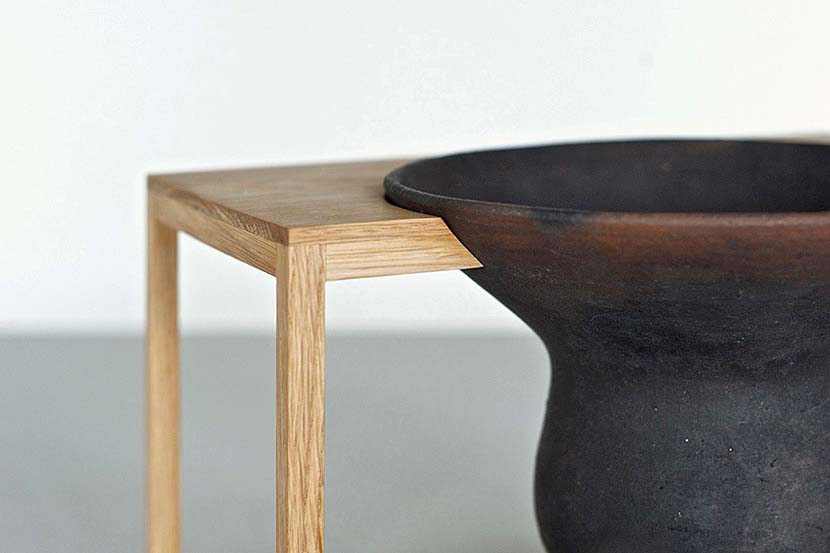
A representative cross-section of Liliana Ovalle’s work.
Image courtesy of: Liliana Ovalle (as featured in Ambientes Digital)
From her studio in London, Ovalle works on projects in both Mexico and the United Kingdom; the studio has been her “home base” since 2009. She prefers to create pieces that are open to interpretation versus objects that have a clear function. As a society, we surround ourselves with “things,” and Ovalle has shown that those pieces are often a great way to express ourselves.
Ovalle confirms that it is important for her to have ongoing collaborations in Mexico… this helps her feel connected to her upbringing. This is particularly true for her collaboration with Colectivo 1050°, a cooperative of potters from Oaxaca, Puebla, and Chiapas, Mexico, and her upcoming project with traditional Mexican silversmiths that will launch next year.
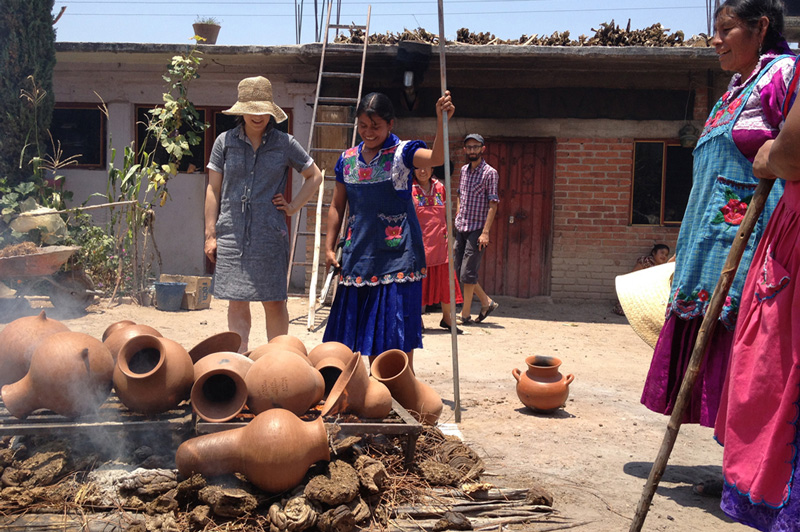
Ovalle watching the firing process with some of the potters from Colectivo 1050°.
Image courtesy of: Liliana Ovalle (as featured in Pamono for Charish)
Even though Ovalle is adept at working with a number of different materials including silver, ceramics, and cement, for the Sinkhole project, it was clear that clay would be the material of choice. For Ovalle, it was a combination of wanting to experiment with the technical qualities of clay and hoping to collaborate with a group of women potters who were handed down traditional pottery methods from past generations.
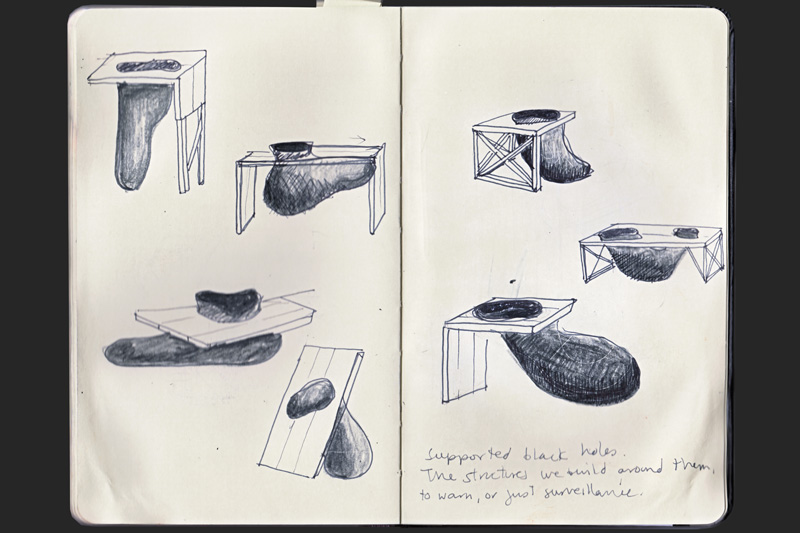
Ovalle’s sketches…
Sketch courtesy of: Liliana Ovalle (as featured in Pamono for Charish)
The Sinkhole project is a collection of ceramic pieces that reference the geological phenomena of sinkholes. Essentially, the black vessels represent the underground spaces that can open up at any moment. Each vessel is elegantly suspended in a wooden frame. This presents a visual “cross-section” of the earth that shows those (courtesy of an article for Pamono for Charish written by Anna Carnick) “hidden topographies.” The vessels’ specific shapes refer back to the utilitarian pottery commonly crafted by local ceramic artists in one specific area of Mexico.
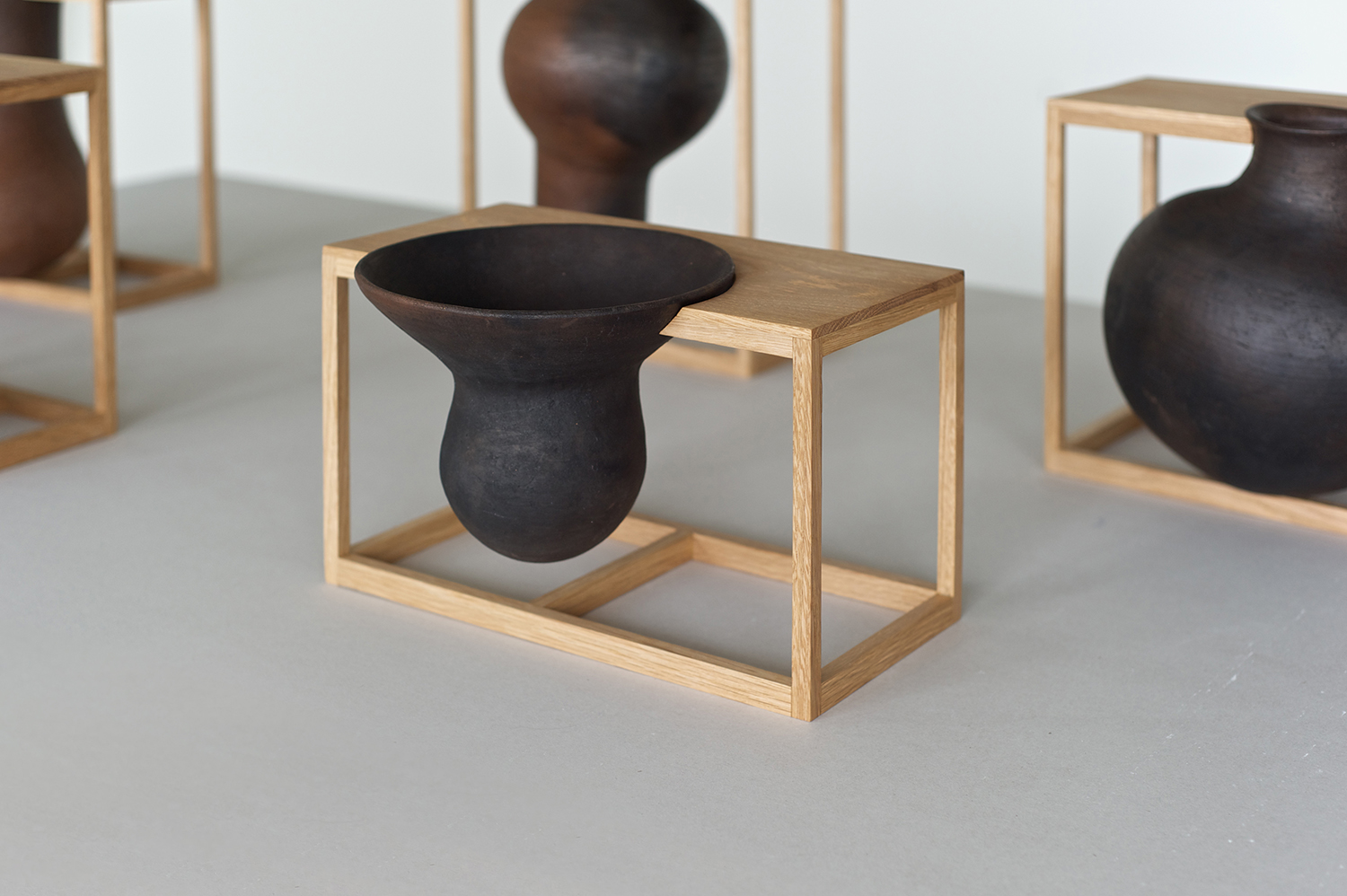
About the inspiration for the project, Ovalle said, “This phenomenon … reveals an underlying space of unknown dimensions.”
Image courtesy of: Liliana Ovalle
Ovalle hopes that by collaborating with traditional makers, audiences will be able to better visualize a place in the (courtesy of the artist’s website) “contemporary global landscape” for those who use their hands to replicate ancestral techniques and skills.
Ovalle reiterates that it was important for her to connect with Mexico’s indigenous communities, “They gave me access to the richness and complexity of their local ceramics, and the project evolved through a mutual understanding of the type of work and skills [available] from both sides. There is a notion that design can rescue or rediscover crafts, but through this collaboration, for me, it is evident that as designers we have a lot to learn.”
